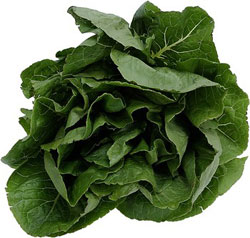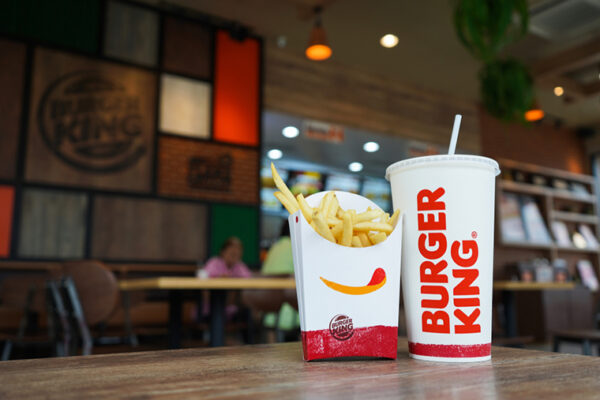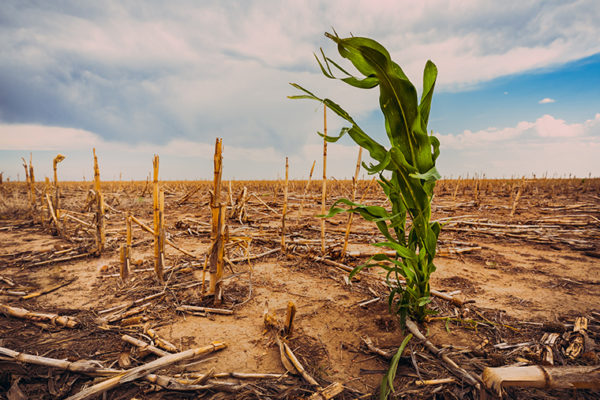While the U.S. Food and Drug Administration has lifted the ban on fresh spinach and the produce is back on many grocery store shelves and restaurant plates, some consumers may not be so eager to return to eating the leafy greens that left at least three people dead and 199 others sickened across 26 states after an E coli O157:H7 outbreak.
A dietitian at Washington University in St. Louis offers advice on finding new sources of the nutrients offered by spinach for those who are avoiding the leaf vegetable because they are still concerned about its safety.

“If you’re wary of fresh spinach, there are other foods out there to take its place,” says Connie Diekman, R.D., director of University Nutrition at Washington University in St. Louis. “It’s important to remember that if spinach was a staple of your diet and you’re just not ready to eat it again, be sure to replace those nutrients you’re missing with something equally nutritious. A variety of foods can meet the nutrient needs of spinach and that variety can spice your menus and meet your needs too!”
Since the FDA issued its warning on Sept. 14 of an E coli O157:H7 outbreak citing fresh bagged spinach as the main suspect, many spinach lovers have had to improvise, and Diekman admits it’s hard to beat the nutrients in spinach.
“Many greens can replace spinach in salads or as garnish on plates, but few provide the iron or folate of spinach,” says Diekman, who also is president-elect of the American Dietetic Association and a former national media spokesperson for the association.
“Spinach supplies a variety of vitamins and minerals and the most significant are vitamin A, folate, vitamin K, potassium and iron,” Diekman says. “Replacing the vitamin A and K, along with the potassium, is easy, however, if you include plenty of fruits and other vegetables in your eating plan.
“The folate is tricky, but it is found in all fortified grain foods, so eating bread, pasta or cereal is an easy way to meet the daily recommended 400 micrograms. When it comes to iron, red meat is the best source followed by chicken, poultry and fish.
“Dried red and black beans as well as lentils are also good options for iron. Fortified grain foods also provide some iron, so breads, pasta and cereals again become good substitutes.”
To get the same amount of iron in a half-cup serving of spinach, Diekman suggests eating either a 1/2 cup of soy beans, 3/4 cup red beans or lima beans, 15 prunes, one cup raisins or three eggs. To replace the missing folate in spinach, you can have a 1/2 cup of navy beans, one and a 1/4 cups orange juice, one and a 1/3 cups pasta, or 2 cups of romaine lettuce. Cereals vary in their folate content, so she suggests checking the cereal box label.
“It’s understandable why people might be leery of eating spinach right now,” says Diekman, “but hopefully they will substitute other greens in their salads and not just stop eating salads. Whether it’s arugula, red or green leaf, mustard greens, even iceberg, they’d be using the greens as a base for a lot of other vegetables — tomatoes, broccoli, peppers, cucumbers, carrots — and they’d come up with a very healthy dish.”
Shift to frozen or canned
For consumers who won’t eat the bagged fresh spinach that’s back on the market, but think nothing of eating organic produce, Diekman says, “Organic produce is just as susceptible to contamination because E-coli 0157 is often transmitted by workers who fail to wash their hands. In addition, organic fertilizer is often an issue because it is generally composed of manure. Organic does not ensure anything except that the produce is grown with organic pesticides and fertilizers, so people should not think of organic as ‘safer’ when it comes to foodborne illness.”
For those who have a Popeye craving for spinach, but are still wary about its source, they can always turn to the frozen food aisle or canned food section of the grocery store. “When spinach is prepared for frozen packaging or for canning it is processed in a manner that helps destroy the bacteria,” Diekman says.
This latest scare can serve as a valuable reminder that, although the American food supply is very safe, consumers always need to practice good food safety at home and know how to properly prepare food, Diekman says.
She advises washing produce just before eating it. “It is a good idea to use a brush on hard, uneven skinned produce like melons and grapefruits. Wash produce with lukewarm water, and, if you feel better about it, you can use one of the commercial produce washes, but never use soap on produce.
“Another thing for consumers to remember is that fruits and vegetables provide a wide variety of nutrients and should make up a majority of their meal plans,” Diekman says. “If consumers are uncomfortable using fresh right now, they should definitely make the shift to frozen or canned to keep the nutrients in their diets.”


